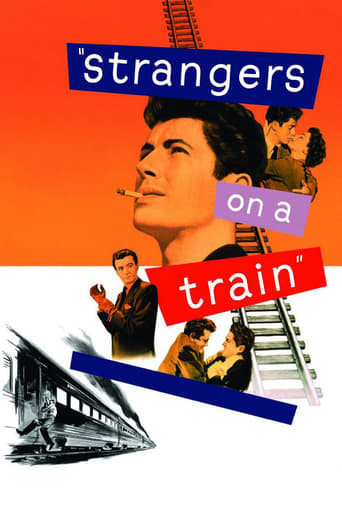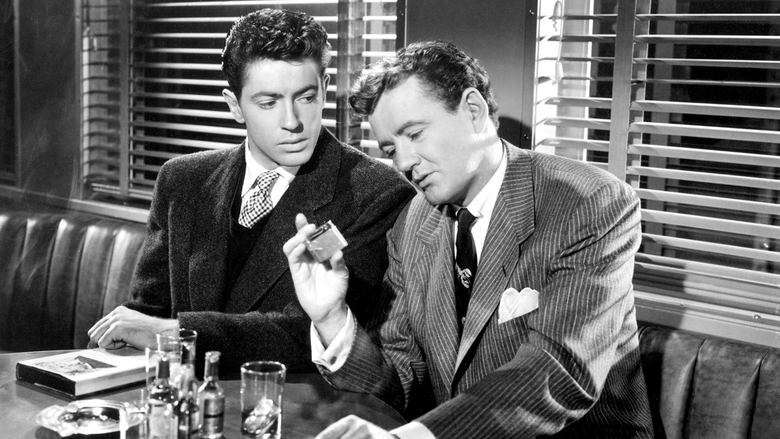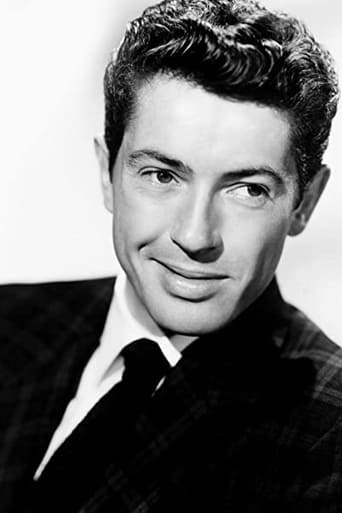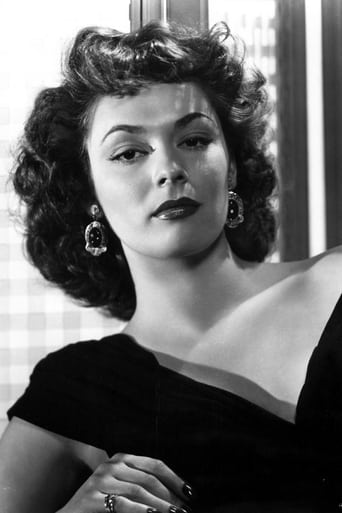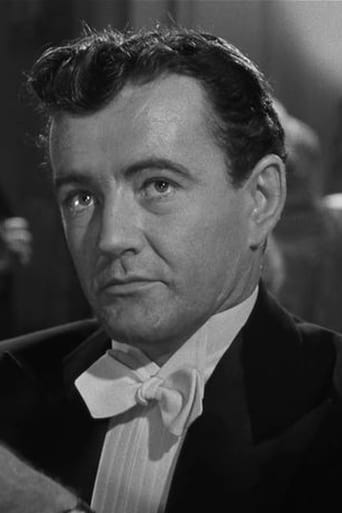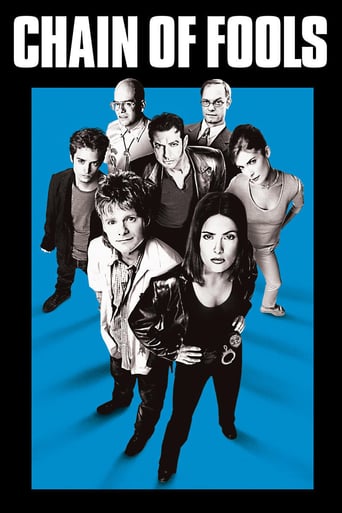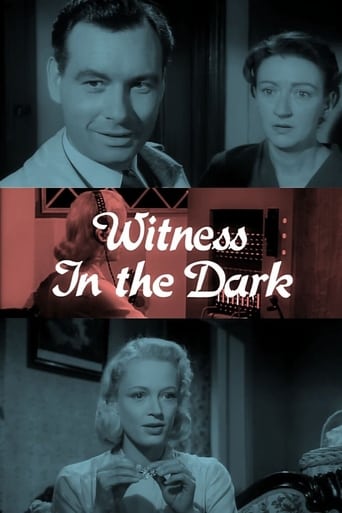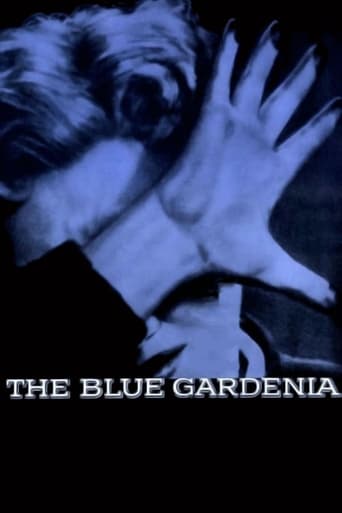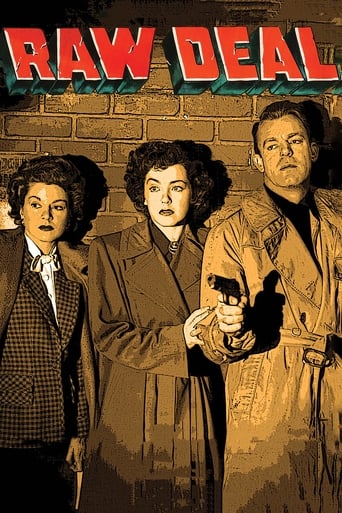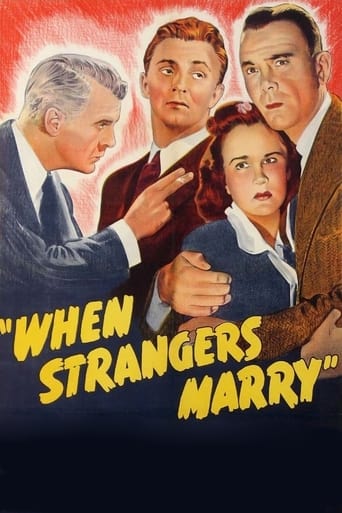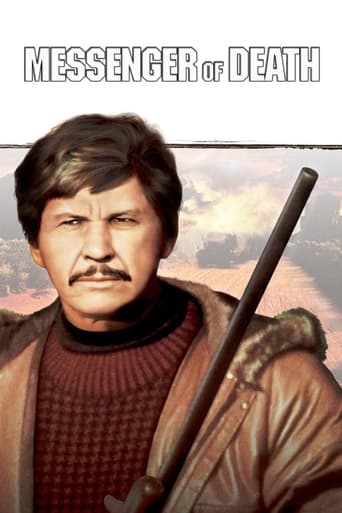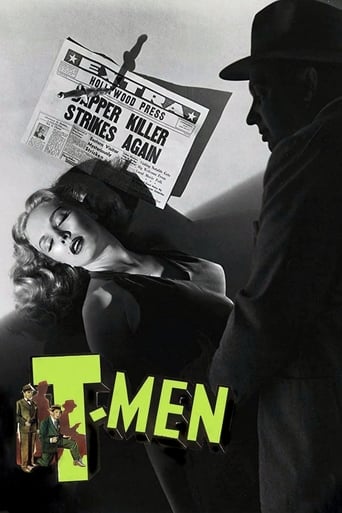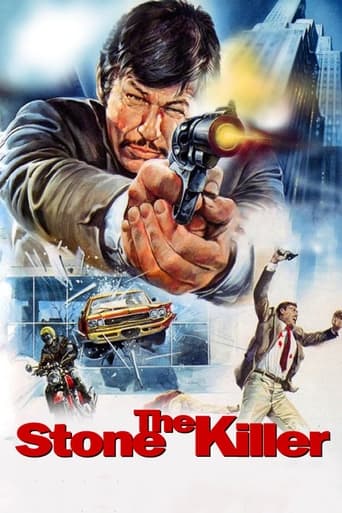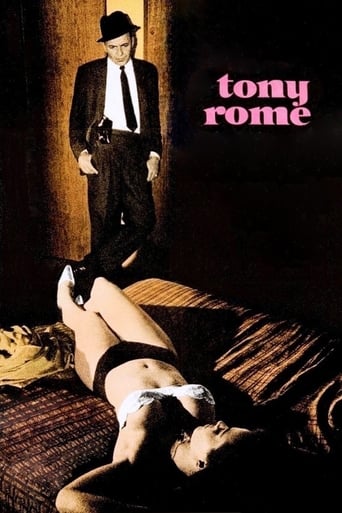Strangers on a Train (1951)
Two strangers meet on a train. They’ve never met before. Both of whom have someone they’d like to murder. So, they swap murders. A psychopath shares this concept with tennis star Guy Haines, whose wife refuses to get a divorce. He agrees, thinking it is a joke. But now his wife is dead, Haines finds himself a prime suspect and the man wants Guy to kill his father.
Watch Trailer
Cast


Similar titles
Reviews
I'm delighted to read these many user reviews that revealed the same impression I had after first seeing this jewel. It's a magnificent exhibition of all the best Hitchock; tricks from the utterly absurd but nonetheless believable (by the time we near the end of the film) story, through complex interacting scenarios to brilliant and complex scene settings (check out that amusement park), fabulous directing (menacing hands everywhere), moody cinematography etc. etc. This is clearly one of Hitchcock's best films.
Agree with New York Times review that said film's story does not stand up. Not up to Hitchcock's best standard. Music (not by Herrman) is over-used. Police behave like plods in the background. Merry-go-round scene is spectacular though. Watch the British-released version which has an extra final scene involving a clergyman. It helps the movie enormously.
I can't add much to the many excellent reviews of this Hitchcock classic. But I do want to dwell on a crucial aspect of the plot, and comment on a few bits of Strangers on a Train.Why doesn't Guy go to the police immediately after he learns that Miriam has been killed? Sure, the 'trading murders' scheme sounds nuts; but since he knows he'll be under suspicion anyway, he has nothing to lose. Bruno, with his fixation on Guy and their alleged 'deal,' would show his hand, drawing the cops' attention away from Guy.Imagine the guests at the senator's party recounting to the cops Bruno's absurd ranting about a new source of energy, or, even more damning, his choke hold on the elderly lady. Of course, without Bruno free to slither around, then there would be little mystery, and no movie.After just watching it again, it's fascinating how Hitchcock uses the glasses motif to tie in the murder victim with Ann's sister. Bruno focuses on Barbara as a haunting surrogate for Miriam. In a sense, she avenges the victim by helping to entrap Bruno. Her glasses point to the noir emphasis on reflections as a literal mirror held to the criminal side of life.Maybe I can answer the question I began with: Guy won't give up Bruno, because they have a bizarre bond. They're reflections of each other, Bruno the noir Hyde to Guy's everyday Jekyll. Tennis couldn't be a more fitting metaphor for the sunny side of life portrayed by Guy, as opposed to Bruno's mostly nocturnal or interior habitats. Maybe Hitchcock's most noir movie, and one of the better noirs made.
The basic conceit of "Strangers on a Train" is simple and clever. Writing a script to make it believable, though, is not so simple. That the writers and the director worked out all the obstacles to make it not only believable, but a strong story, is a real achievement. That achievement is aided by the brilliant performance by Robert Walker as Bruno Antony--a quirky, insinuating man with strange ideas and unrefined social skills.When Bruno meets Guy Haines (Farley Granger) by chance on a train, the wheels are set in motion for an ingenious crime plot in which one of them is the unwitting accomplice of the other. Director Hitchcock is certainly in his element with a lead character who feels like he has lost control of his life. The black and white cinematography only serves to emphasize the shadows in which much of the action takes place. Kudos to the beautiful Ruth Roman as Guy's questioning girlfriend Anne Morton, Marion Lorne as Guy's estranged wife Miriam, and especially Patricia Hitchcock as Anne's younger sister Barbara, who provides much of the humor, charm and cleverness of the story.This is not a whodunnit. We know who did it. But Hitchcock takes us on a ride through the murky waters of a dark personality, tightening the screws of intrigue until only one unthinkable outcome seems possible. Who would not want to ride his roller-coaster of suspense?

